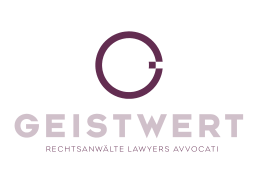Medical Device Legislation
Did you know that even an app can be considered to be a medical device?
Medical devices are instruments, apparatures, equipment, material or other objects (including software), which are used for the diagnosis, prevention, monitoring, treatment or alleviation of disease, diagnosis, monitoring, treatment, alleviation of or compensation for an injury or handicap, investigation, replacement or modification of the anatomy or of a physiological process; or for contraception, and which does not achieve its principal intended action in or on the human body by pharmacological, immunological or metabolic means, but which may be assisted in its function by such means.
The variety of medical devices therefore ranges from a simple Band-Aid to an injection needle to a stent implantation, pacemaker or magnetic resonance imaging.
Medical devices are not approved in the same way as pharmaceuticals, but rather must fulfil harmonised standards. As a sign thereof, they must be affixed with a CE marking. The basic requirements for medical devices depend on which class they belong to.
This is regulated by the Austrian Medical Device Act, the EU-Medical Device directive, the EU-directive relating to active implantable medical devices, and the EU-directive on in vitro diagnostic medical devices.
